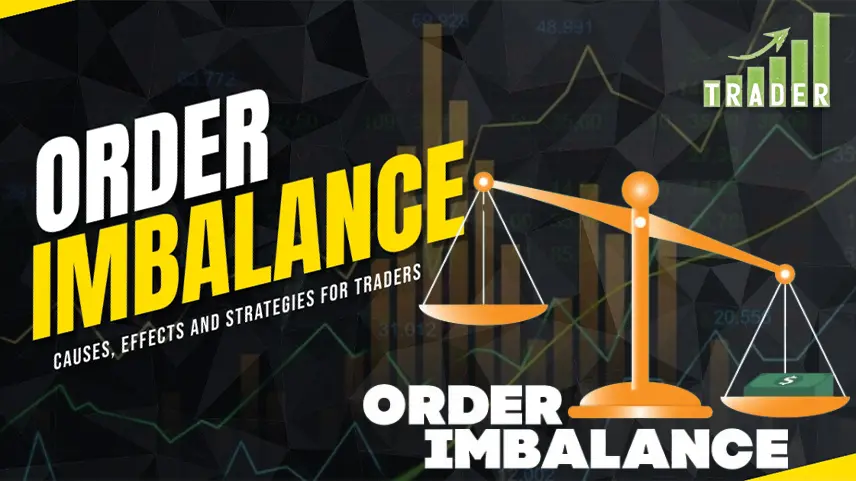Order Imbalance: Causes, Effects, and Strategies for Traders
Order imbalance is a phenomenon that occurs when there are more buy or sell orders for a particular stock than there are shares available for trading. This can lead to notable price indications and volatility in the market. Traders must understand the causes and effects of order imbalance and develop strategies to manage their positions accordingly. In this guide, we'll explore everything you need to know about order imbalance in the stock market.

What is Order Imbalance definition?
Order imbalance is a situation where there are more buy or sell orders for a particular stock than there are shares available for trading. This can happen for various reasons, such as a sudden increase in demand for a stock or a large institutional investor placing a large order. When there is an order imbalance trading, the market makers and specialists who match buyers and sellers may have difficulty finding enough shares to fill all the orders, which can lead to price movements and volatility in the market.
Causes of Order Imbalance
Order imbalance can be caused by various factors, including sudden news or events that affect a particular stock, changes in market sentiment, and large institutional orders. For example, if a company announces unexpectedly positive earnings, there may be a surge in demand for its stock, leading to an order imbalance. Similarly, if a large institutional investor decides to buy or sell a significant amount of shares in a particular stock, this order imbalance indicator can also create an order imbalance.
Another factor or order imbalance indicator that can contribute to order imbalance is the use of automated trading algorithms. These algorithms are designed to execute trades based on pre-determined criteria, such as price movements or volume levels. If a large number of these algorithms are programmed to buy or sell a particular stock at the same time, it can create an order imbalance and lead to volatile price swings. Additionally, order imbalances can also be caused by technical glitches or errors in the trading system, which can result in a flood of orders being executed all at once. Overall, order imbalance is a common occurrence in the stock market and can have a significant impact on prices and trading activity.
Effects of Order Imbalance on the Stock Market
Order imbalance stock market effects are mentioned below:
Increased volatility and price fluctuations
Reduced liquidity
Delayed or failed trades
Potential for market manipulation
Impact on market sentiment and investor confidence
Order Imbalance trading strategy for Trader to Manage Order Imbalance
Traders can employ several strategies to manage order imbalance and mitigate its effects on their trades. One approach is to use limit orders, which allow traders to set a specific price at which they are willing to buy or sell a stock. This can help prevent trades from being delayed or failing. Another strategy is to use stop-loss orders, which automatically sell a stock if it drops below a specific price. This can assist limit losses in the possibility of a sudden market downturn. Additionally, traders can monitor news and market trends to stay informed about potential order imbalances and adjust their trading strategies accordingly.
Conclusion
Order imbalance is a common occurrence in the stock market that can have significant effects on traders. By understanding its causes and effects, traders can employ various strategies to manage order imbalance and minimize its impact on their trades. It is important to stay notified about market trends and news to modify trading strategies accordingly. With the right approach, traders can navigate order imbalance and make informed decisions to achieve their financial goals.

0 comments